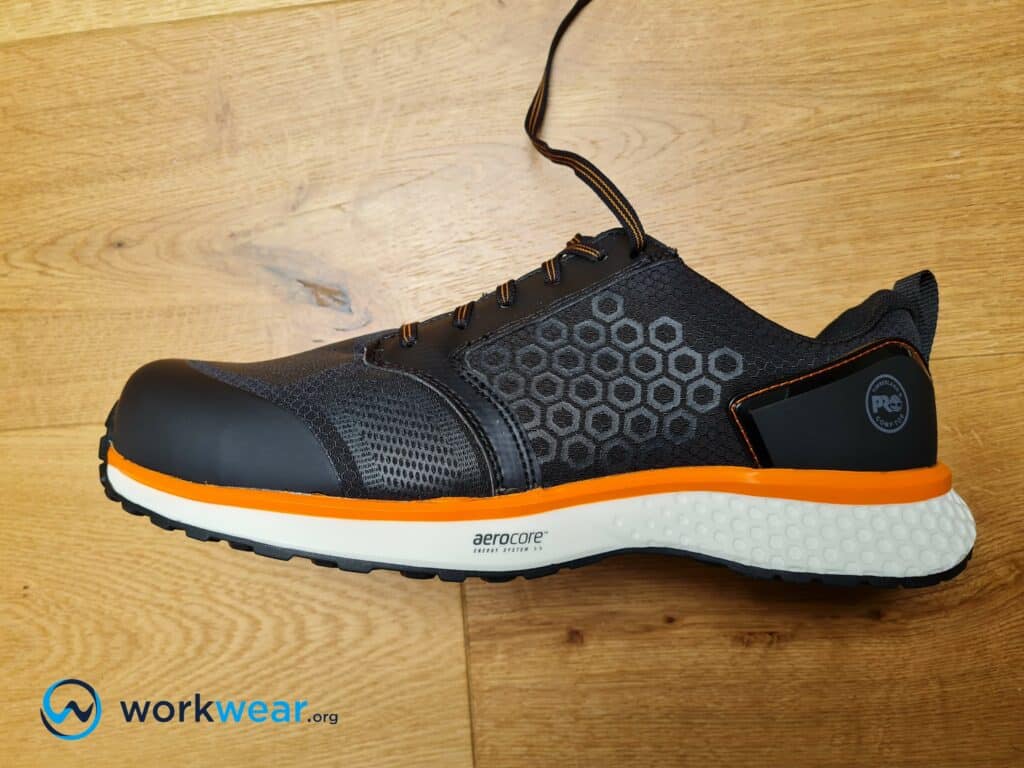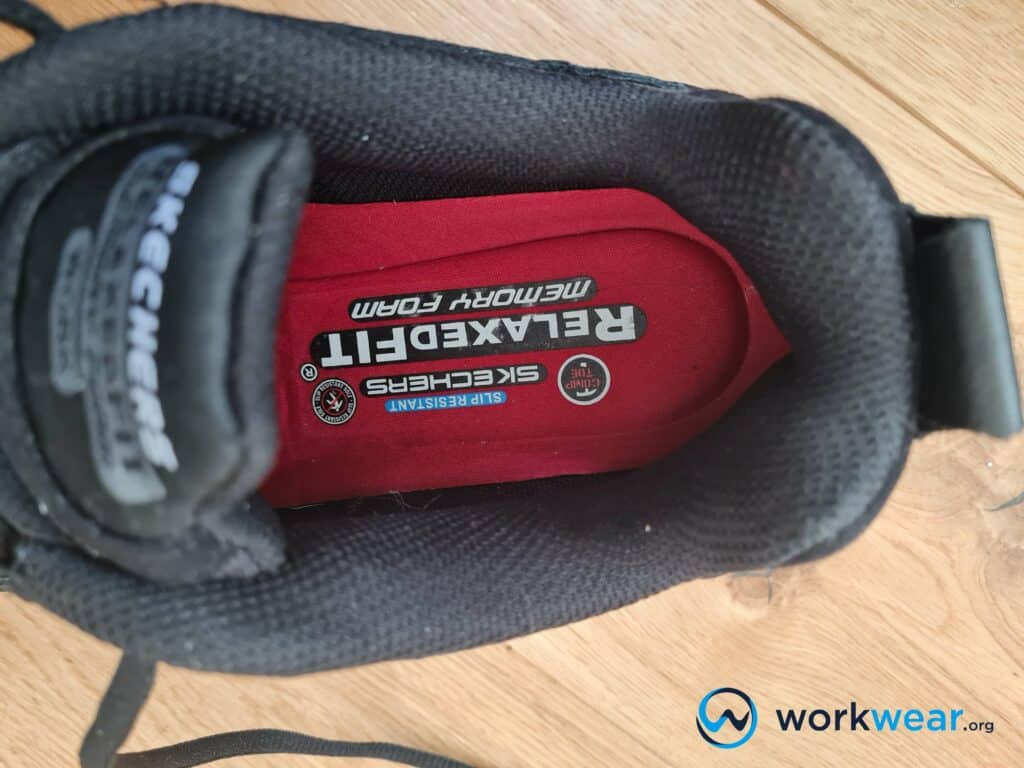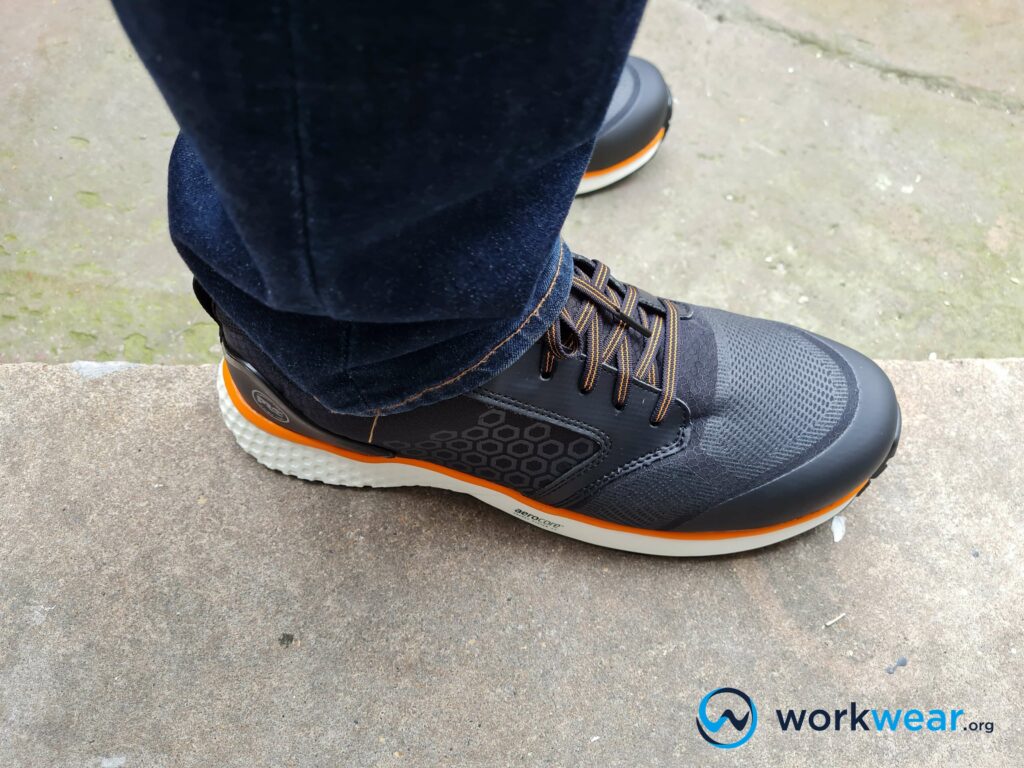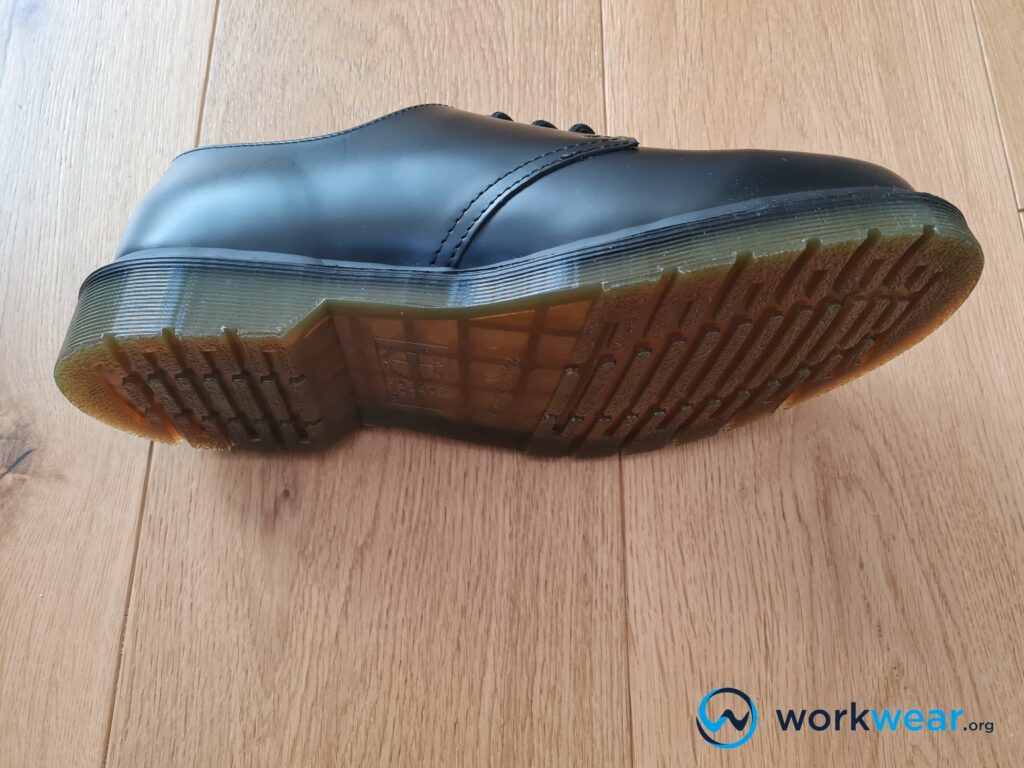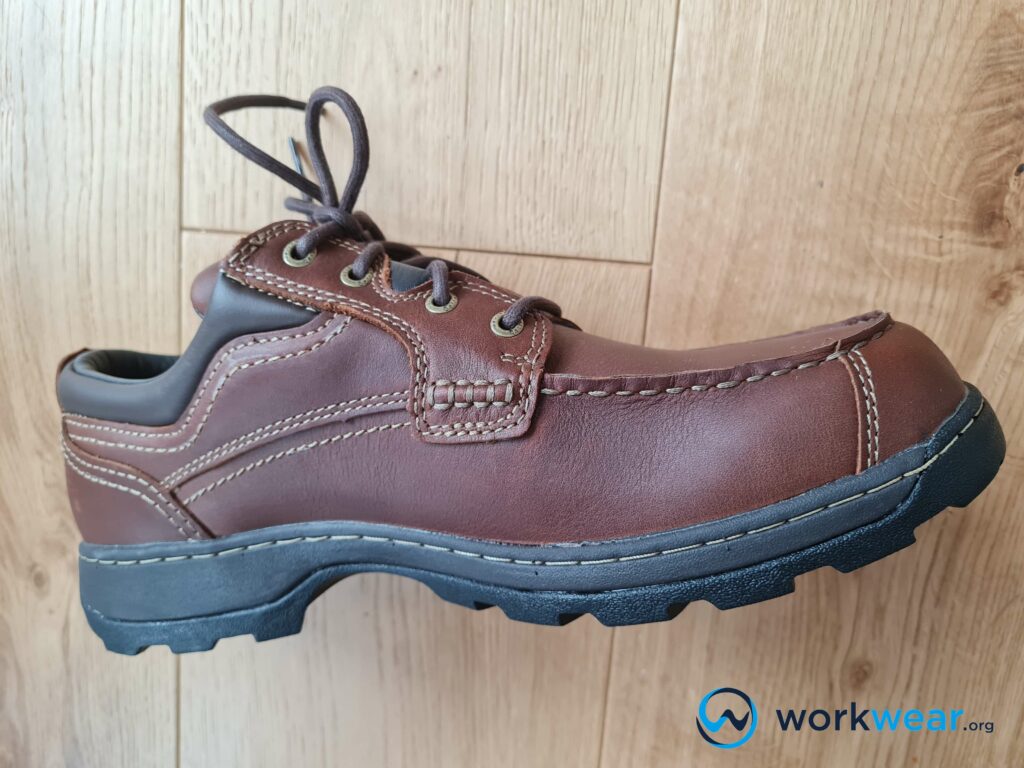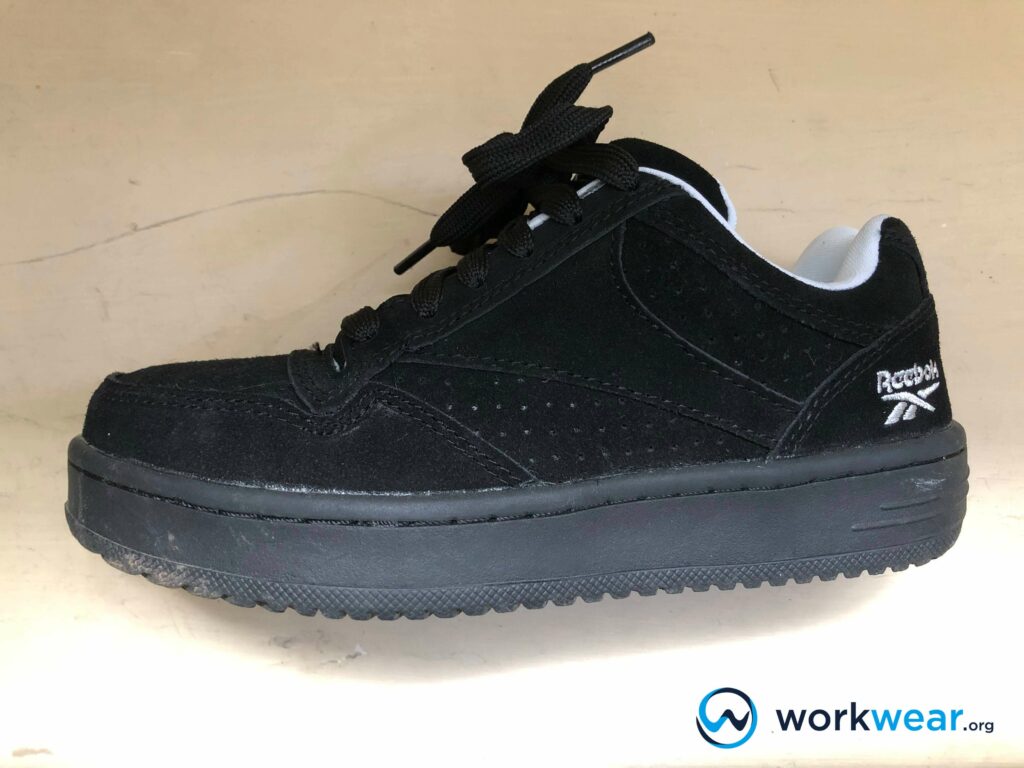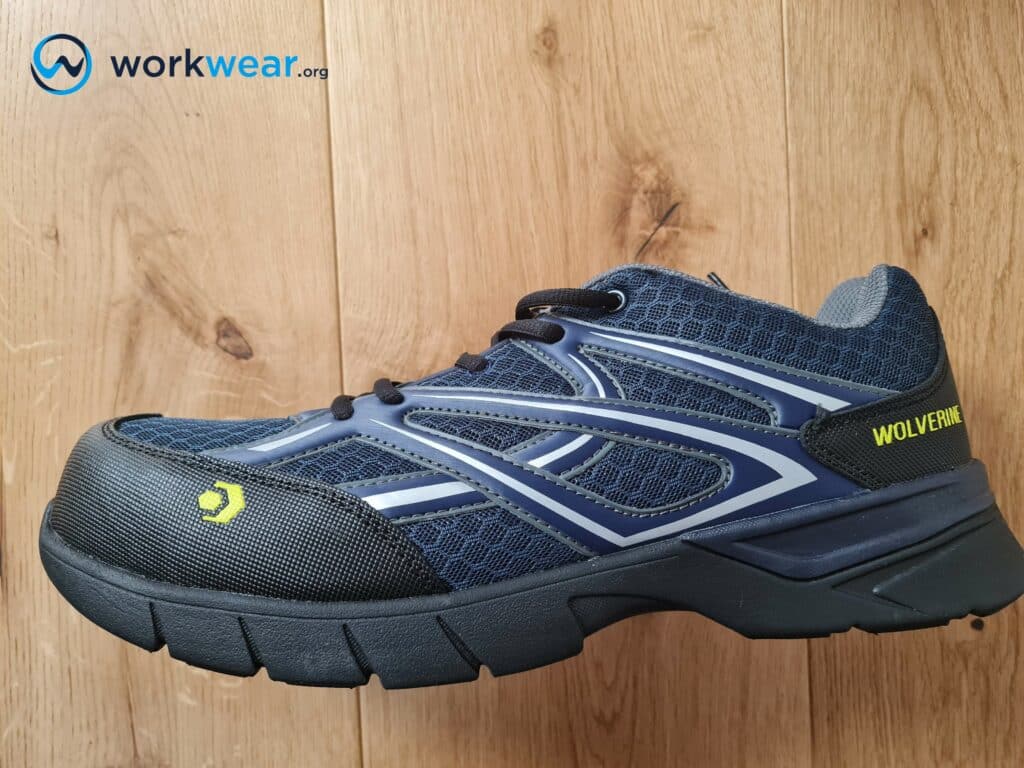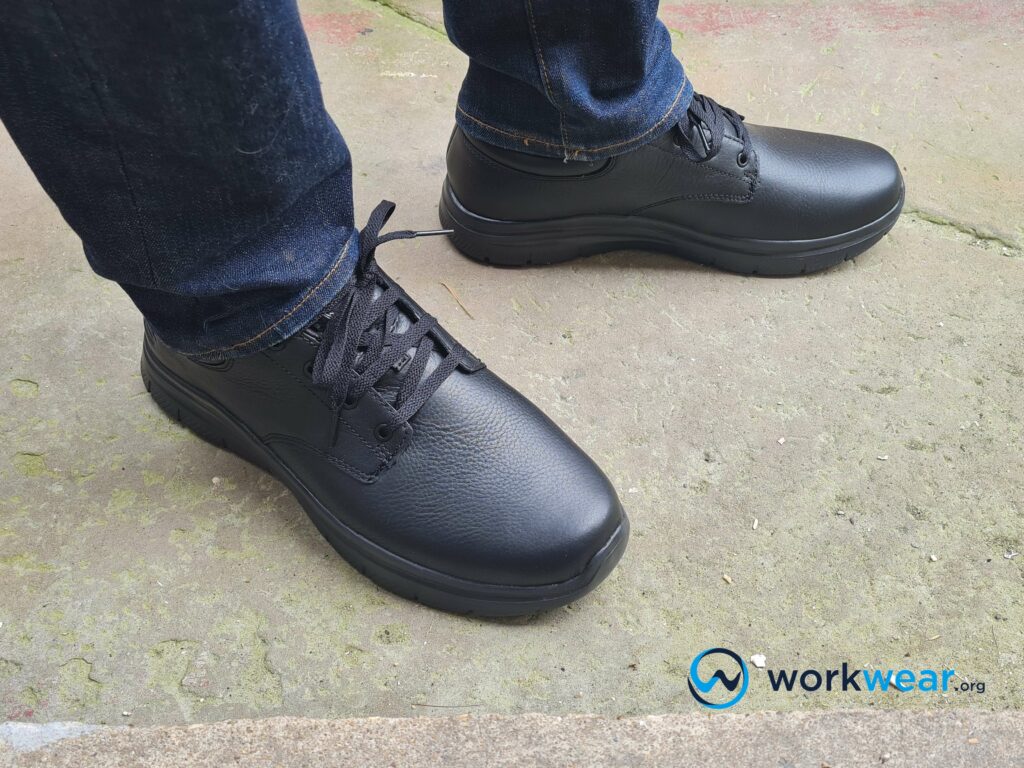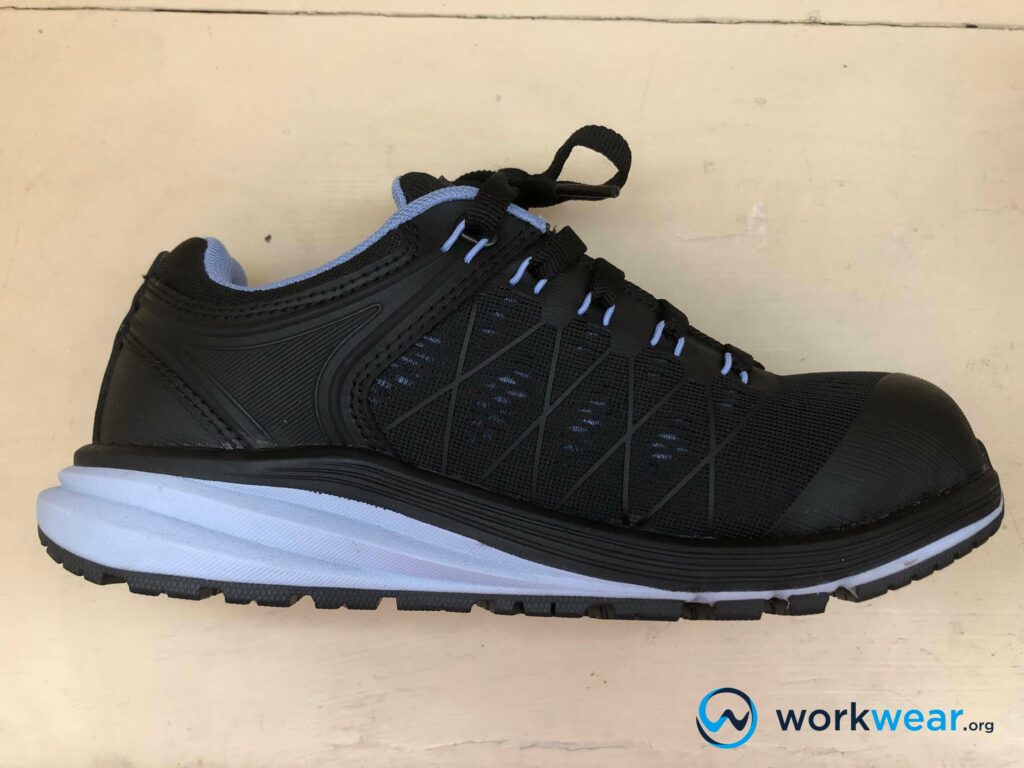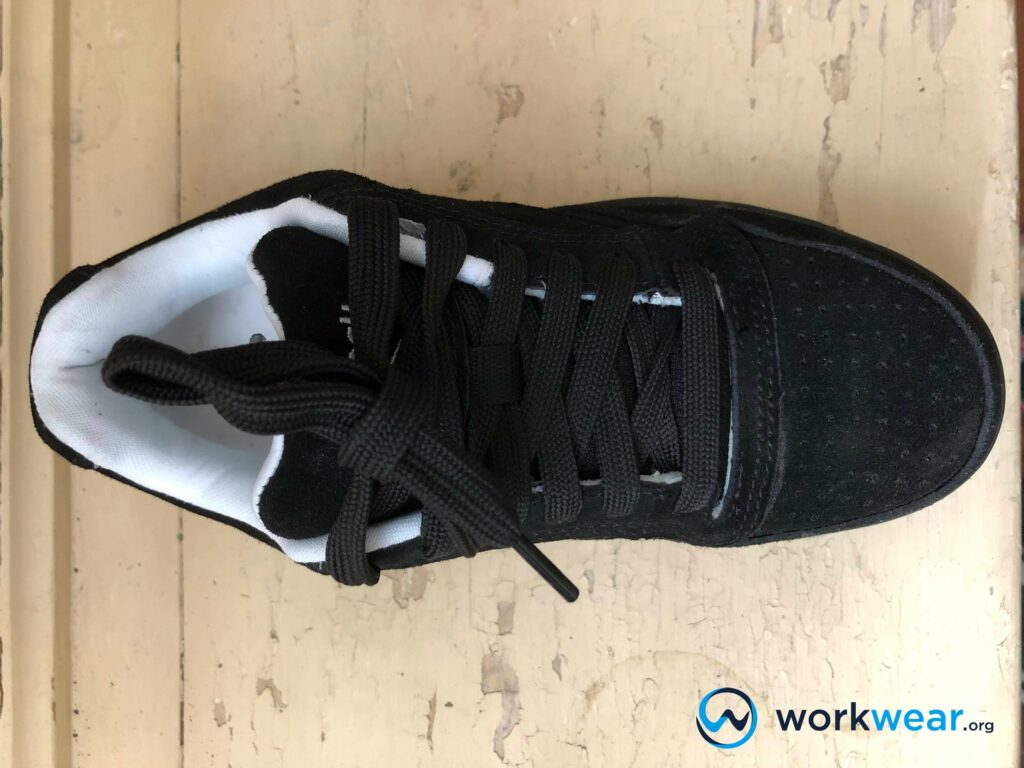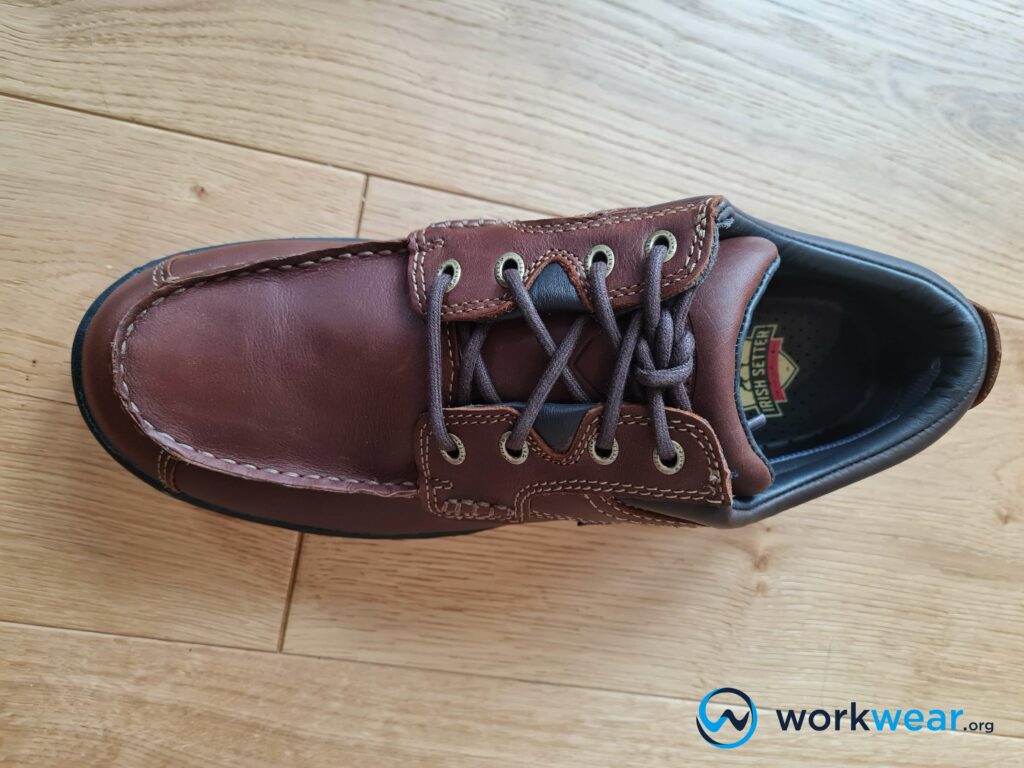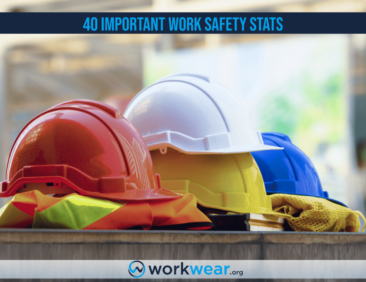Work Shoes Weight – Stats & Facts
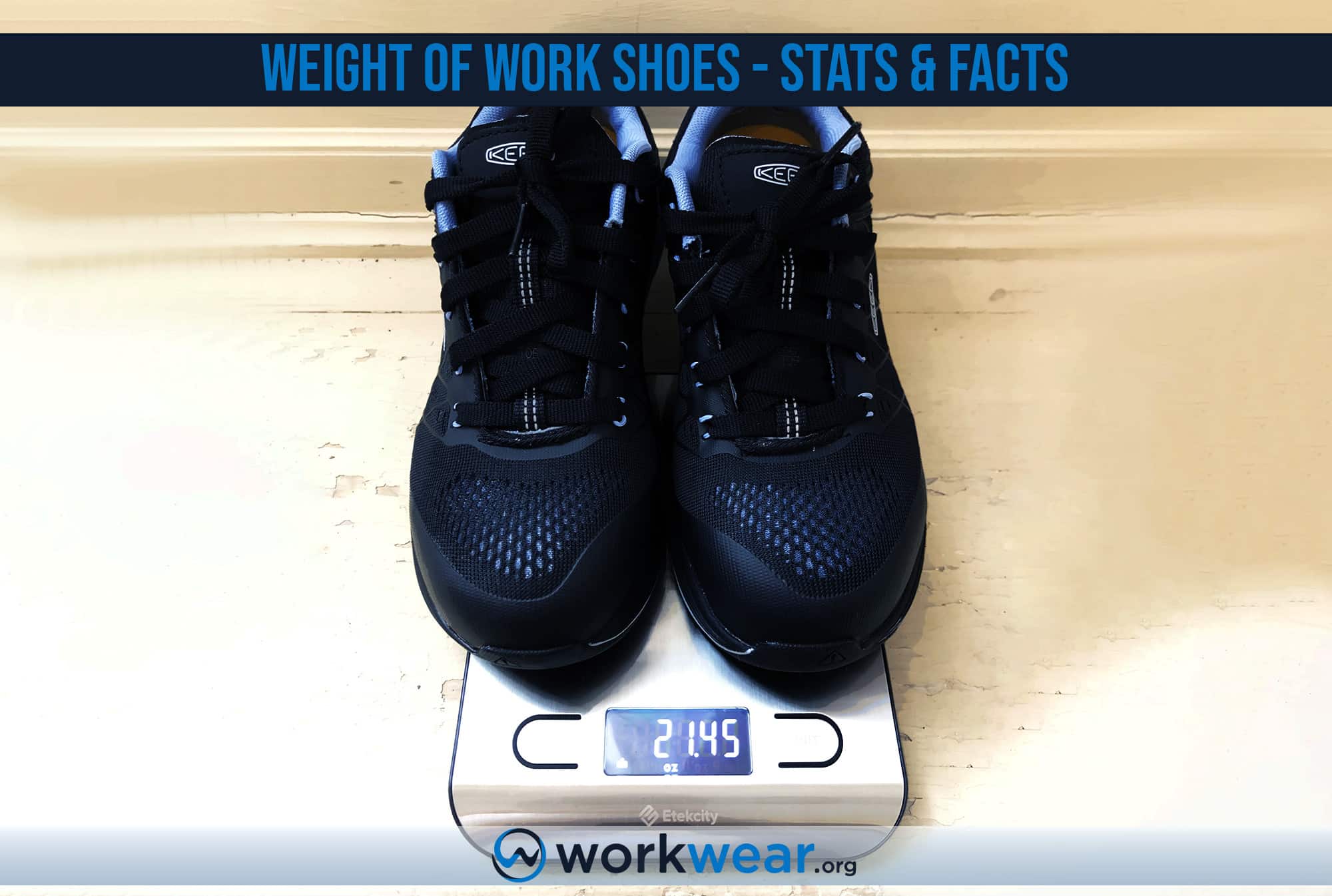
The right type of work shoes will make the job easier. They can support and protect the feet from hazards without hampering mobility or comfort. This is especially true for work shoes whose weights are appropriate for the job and environment they’ll be used. It’s quite normal to focus on materials and safety features when choosing suitable work shoes, but it’s also a good idea to check how much they weigh.
Work shoes come in different styles that have varying weight ranges, so it’s helpful to know how light or heavy, on average, each pair will weigh. This article will provide information about the weight ranges that different work shoe styles have, which can affect footwear comfort and overall performance.
Key Takeaways
Work shoe weight varies across different styles, with each category catering to specific job requirements and worksites. Choosing work shoes with the appropriate weight level can enhance foot comfort to better manage daily tasks.
Weight is affected by several factors, including the materials used for the work shoe’s upper, different comfort enhancements, safety features that are built in, and the sole’s design and materials. Soft-toe work shoes are generally lighter than safety-toe work shoes – although the weight of both styles can vary depending on other components.
The average weight of safety toe work shoes is 1.8 lbs. across all categories. This average considers the steel toe and composite toe work shoes that we got to test and try out in different work scenarios.
Steel toe shoes, on average, weigh approximately 2 lbs. Steel is heavier than nonmetallic materials, so steel-toe work shoes are generally weightier than their composite-toe counterparts. These shoes are heavier but offer superior toe protection against dangerous impact or compression.
Composite toe work shoes average 1.5 lbs. per pair. The most lightweight work shoes we tried are the KEEN Utility Vista Energy ESD Shoes with composite toe caps weighing 1.4 lbs. Since composite toe shoes weigh less than steel toes, they’re more comfortable for walking or staying upright.
Factors Affecting Work Shoe Weight
Upper material
The material of work shoes’ uppers considerably affects the overall weight.
Work shoes with light materials like ballistic nylon and other synthetic materials tend to have equally lightweight profiles. They’re generally much lighter than work shoes that are built with thick leather uppers.
The weight goes even higher if metallic hardware is used throughout the upper, such as metal hardware instead of plastic parts.
Comfort enhancements
The features that make work shoes comfortable often affect their weight.
Thickly padded interiors offer enhanced comfort as they cushion the feet against chafing and strong impact – but they also add significant weight. Materials that insulate work shoes to keep the feet comfortably warm also contribute to the overall bulk and may make the shoes considerably heavier than the pairs that don’t have these comfort enhancements.
Safety features
Safety enhancements protect the feet against a variety of hazards in the workplace – but they also raise the shoes’ overall weight.
Work shoes with safety toes weigh more than soft-toe work shoes, with the weight affected by the materials used on the safety toe caps.
Other safety features, such as puncture-resistant midsoles, also contribute to the increased weight of the work shoes.
Sole design
Sometimes, the soles (their materials and construction) take up most of the footwear’s weight profile.
Soles made with heavy-duty rubber weigh a lot more than those built with PU – which is a much more lightweight material.
On the other hand, thicker soles tend to be heavier than the ones with thinner profiles, but they can offer better support and durability to last through tough work conditions.
Categories of Work Shoes
Soft Toe Work Shoes
These are the work shoes that don’t have safety toe caps. Their uppers can be made with leather for the traditional look, but they may also have sportier styles that use synthetic materials, including nylon mesh. These are generally the lightest work shoes since toe caps do not make their structures bulkier.
Soft-toe work shoes are ideal for jobs with minimal or no exposure to heavy objects that can fall on the feet.
Steel Toe Work Shoes
Steel toe work shoes are fitted with steel caps on the toe box.
They protect the toes against serious crushing injuries caused by dangerous impact or compression, such as when something heavy rolls or drops on the feet.
Generally, steel-toe work shoes are heavier than composite or soft-toe work shoes but provide superior foot protection.
Composite Toe Work Shoes
Composite toe work shoes have protective toe caps made with nonmetallic materials, such as carbon fiber. These toe caps shield the toes against being crushed by heavy items that can accidentally fall or roll on top of the feet.
These work shoes offer reliable foot protection in hazardous environments and keep the feet comfortable because they don’t weigh as much as steel-toe work shoes.
Which Types of Work Shoes are Lighter?
Soft Toe Work Shoes
Soft-toe work shoes are considerably lighter compared to safety-toe work shoes.
Without metallic or composite toe caps fitted in, soft-toe work shoes can keep their weight profiles minimized.
This results in generally more comfortable or easier walking as no extra materials are pushing on top of the toes. Sometimes, though, soft-toe work shoes can weigh more than safety-toe options. This may be the case with soft-toe shoes made with thick, heavy leather and metallic hardware – which can weigh more than composite toe work shoes with nylon or mesh uppers.
Sneaker-Type Work Shoes
Work shoes with sporty styles typically weigh a lot less compared to traditional work shoes that are built with thick leather and heavy rubber soles.
Sneaker-type work shoes often have uppers made with lightweight materials, including durable nylon with mesh sections for breathability.
Their lighter profiles make these wok shoes suitable for jobs that require all-day walking and continuous movements as they don’t weigh the feet down with uncomfortable bulk.
How Much do Steel Toe Work Shoes Weigh?
The average pair of steel-toe work shoes is 2 lbs.
Steel is heavier than nonmetallic materials (such as carbon fiber), so work shoes with steel toes are often weightier than composite toe work shoes.
It’s worth noting that steel-toe shoes also vary in weight depending on the other materials used for their construction.
For example, steel-toe shoes in a sporty style (with textile uppers) will weigh much less than those built with heavy-duty leather. Steel-toe work shoes weigh more than soft-toe options but will function better in specific environments. For example, they provide better foot protection in work areas where there are risks of heavy items falling and landing on the feet.
How Much do Comp Toe Shoes Weigh?
On average, work shoes with composite toes weigh 1.5 lbs. per pair.
The lightest types of composite toe work shoes are the ones made with carbon fiber toe caps.
This is based on our testing experiences, with the KEEN Utility Vista Energy ESD Shoe coming in at 1.4 lbs. for a pair of men’s shoes.
With lighter profiles, composite toe work shoes are generally more comfortable to wear for long periods than steel toe options. This is especially true for jobs that involve all-day walking or standing – which can become too uncomfortable when using heavy steel-toe shoes.
What is the Average Weight of Safety Toe Shoes?
Across all categories, the average weight of safety toe work shoes is 1.8 lbs.
This figure considers the weights of the safety work shoes we tested, including those with steel and composite toe enhancements.
| Shoe Style | Average Weight | Range |
|---|---|---|
| All Safety Toe Work Shoes | 1.8 lbs. | 1.5 – 2.4 lbs. |
| Steel Toe Work Shoes | 2 lbs. | 1.9 – 2.4 lbs. |
| Composite Toe Work Shoes | 1.5 lbs. | 1.3 – 1.8 lbs. |
What are the Heaviest Types of Work Shoes?
Steel Toe Work Shoes
Work shoes with steel toes are typically heavier than the ones with composite toe caps.
They’re also much weightier than work shoes without protective toe caps. These shoes are great for hazardous work areas where the toes need extra protection from heavy rolling or falling objects.
However, their extra weight may cause discomfort, especially after long periods of walking.
Thick Leather Work Shoes
Work shoes made with thick leather tend to feel heavier than those built with synthetic materials.
These shoes often have a bulky feel with or without safety toe caps. However, the thick leather uppers offer more durability than those made with textiles, making them ideal for more challenging work conditions that need tougher work shoes.
Personal Testing Experience
Here are our experiences with three great work shoes in different styles. The Irish Setter Soft Paw Waterproof Leather Oxford Shoe has a surprisingly lightweight leather upper, which is waterproof and blocks liquid penetration. It’s cushioned with a memory foam footbed and shock-absorbent EVA midsole, although the snug fit may feel uncomfortable for some, and it doesn’t have safety toes. Meanwhile, the Reebok Work Women’s Soyay RB191 Safety Shoe comes with steel toe caps that shield the toes against crushing impact or compression, with a skater shoe silhouette that can be enjoyed on and off the job site. It offers outstanding cushioning and electrical hazard protection, but the attachment of the sole to the upper could look more durable. Finally, the KEEN Utility Vista Energy ESD Shoe, the lightest safety work shoe we tried, is built with a carbon fiber toe that protects the toes against crushing injuries without the bulky feel. The breathable mesh upper is remarkably durable and has an amazing design- but this shoe isn’t waterproof, and the toe cap feels a bit uncomfortable.
Conclusion
Work shoes with different styles feature varying weight ranges as well. Weight is a big factor in footwear comfort and function, so it must be considered when choosing the work shoes that will best suit your needs. For example, soft-toe work shoes generally weigh less than the options with safety toe caps. Each style has merits that make them suitable for specific jobs and work environments. Familiarizing yourself with the average weight of different work shoe styles can make the selection process easier and offer more positive results.
FAQs
- Are all steel-toe shoes always heavy or uncomfortable to use?
- Only sometimes. The presence of steel-toe shoes doesn’t automatically make a work shoe uncomfortable because other features may be added to enhance comfort. The perfect example is the Reebok Work Women’s Soyay RB191 Safety Shoe – which has steel toes but is not too heavy and is very comfortable because of the generously cushioned interior.
- When are lightweight, soft-toe shoes better than safety work shoes?
- Soft-toe work shoes with lightweight profiles are better for people who need to stay on their feet or walk all day in work settings that don’t have compression or impact threats.
- Are lightweight work shoes always preferable to heavier shoe options?
- Not always, because there are instances when heavier shoes with sturdy profiles work better, such as in manufacturing plants where the stronger shoe profiles deliver better protection, support, and stability.
- Do leather uppers make work shoes heavy?
- Only sometimes. For example, the Irish Setter Soft Paw Waterproof Oxford has a leather upper but feels lightweight because it doesn’t have safety toe caps to increase the weight.
